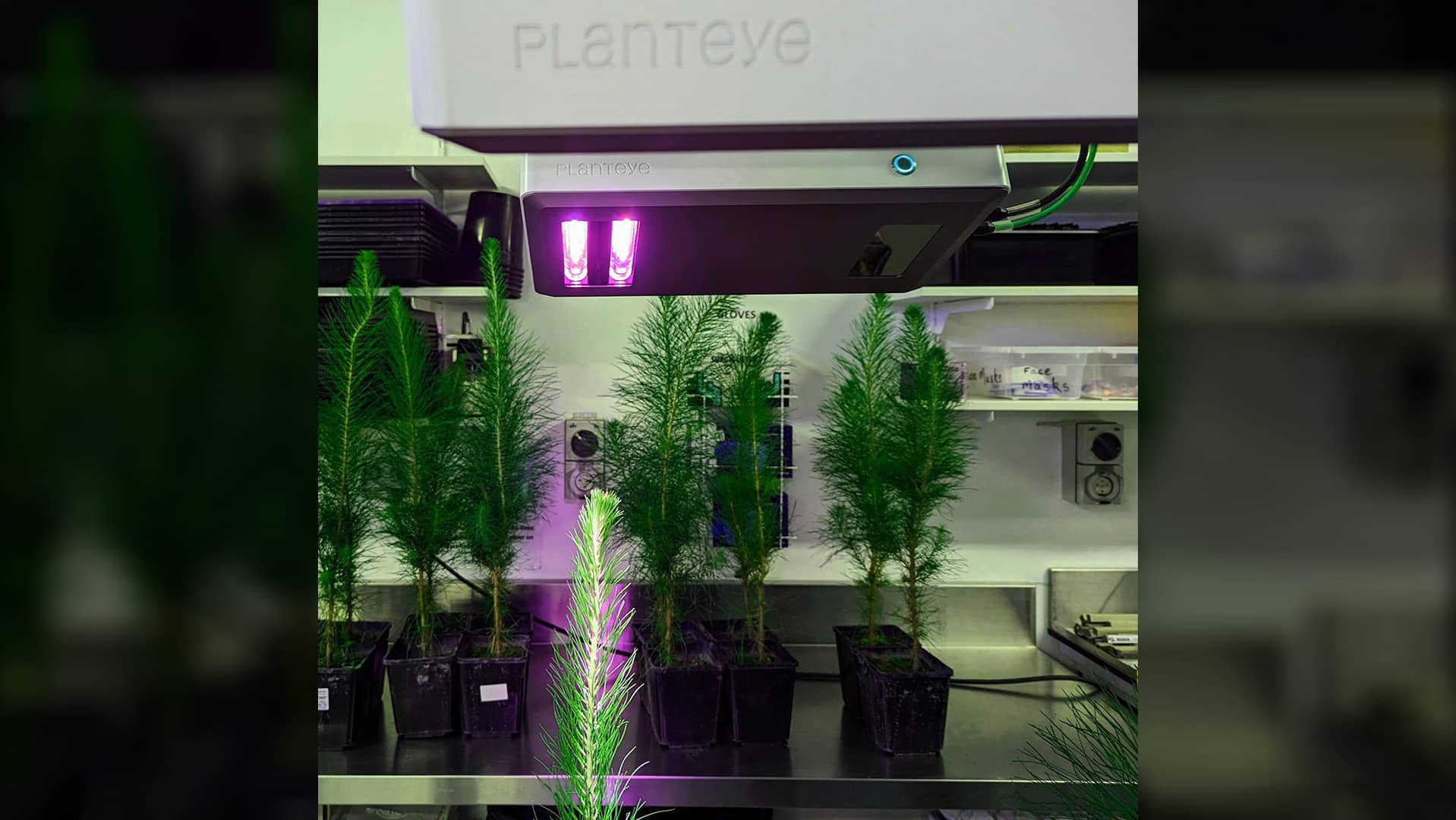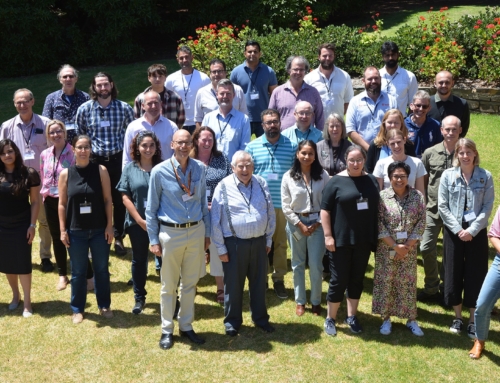Australian National University (ANU) post-doctoral Research Fellow Dr Wolfram Buss has been phenotyping Pinus radiata tree seedlings with APPF staff at our ANU node in recent weeks, as part of his research into biochar utilisation.
The project is a collaboration between the ANU Research School of Biology and Australian Capital Territory water utility corporation Icon Water. Biosolids, a by-product of Icon Water’s wastewater treatment operations can be converted into biochar through high temperature (350-750°C) processing in the absence of oxygen. This retains and stabilises a large proportion of the biosolids’ carbon content, resulting in a biochar with excellent plant nutrition and carbon sequestration potential.
Icon Water is planning major upgrades of Canberra’s primary wastewater treatment plant, including developing heat-treatment of biosolids to produce biochar at scale.
Icon Water Manager, Environment and Sustainability, Ben Bryant says converting biosolids into biochar has the potential to sequester carbon and provide a high-value agricultural product.
“When it comes to wastewater there is a very real and large-scale potential to transform potent greenhouse gases into soil conditioner and plant food instead of contributing to climate change,” he says.
Dr Buss’s research aims to establish the value of the biochar as a plant fertiliser component of growing media for agriculture, horticulture and forestry.
A key shortcoming of biochar is the low bioavailability of its phosphorus content, which is essential for plant growth and crop production. Hence, Wolfram is looking at methods of increasing phosphorus availability and uptake from the Icon Water biochar, using pine seedlings to gauge plant response.
APPF’s Ming Dao-Chia and Frederike Stock have helped phenotype 46 pine tree seedlings in recent weeks, making full 3D scans of each tree with the Phenospex PlantEye F600 multispectral scanner. These trees had been grown for 10 months in soil sourced from local pine plantations augmented with the biochar.
The PlantEye 600 system moves over and illuminates plants while taking high resolution measurements in four wavelengths and builds complex 3D models. The resulting outputs of a scan are 20 different morphological and spectral parameters such as plant height, leaf area, biomass, surface angle average, normalized difference vegetation index (NDVI), greenness, etc.
Dr Buss says the technology was ideal for his plant trial, as it generates high quality data non-destructively.
“There is no plant parameter that can be easily measured by hand, since the pine seedlings all grow with different physiology… Plant height, for example, may not be very representative of plant biomass,” he says.
“Using the APPF Phenospex scanner allowed us to obtain accurate biomass and other data without destroying the plants and terminating the experiment.
“This means we’ll be able to take measurements again next year to determine whether the pine trees can make more phosphorus available from the fertiliser over the long term, for a better reflection of field conditions.”
The trees will continue to be grown for the next 10 months. There will then be a destructive harvest for final measurement, as the trees will likely be too large to scan again at that stage.
Read more about Icon Water’s biochar initiative here.






